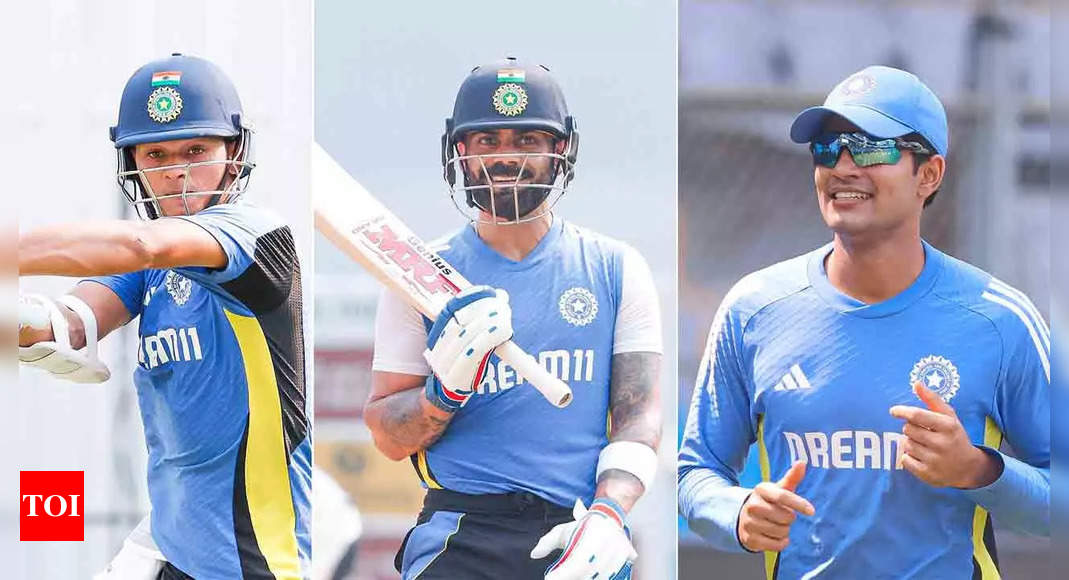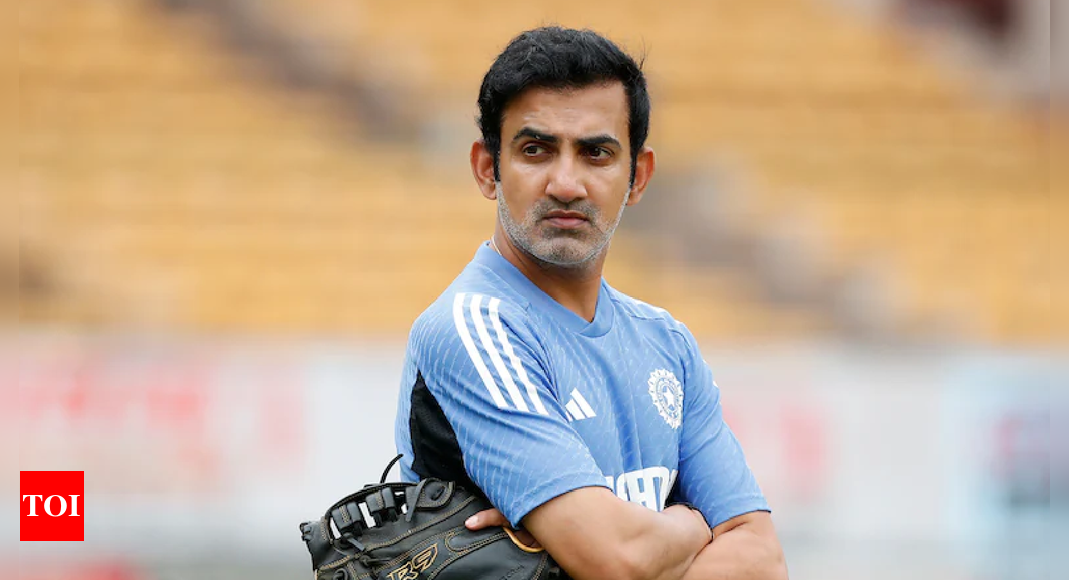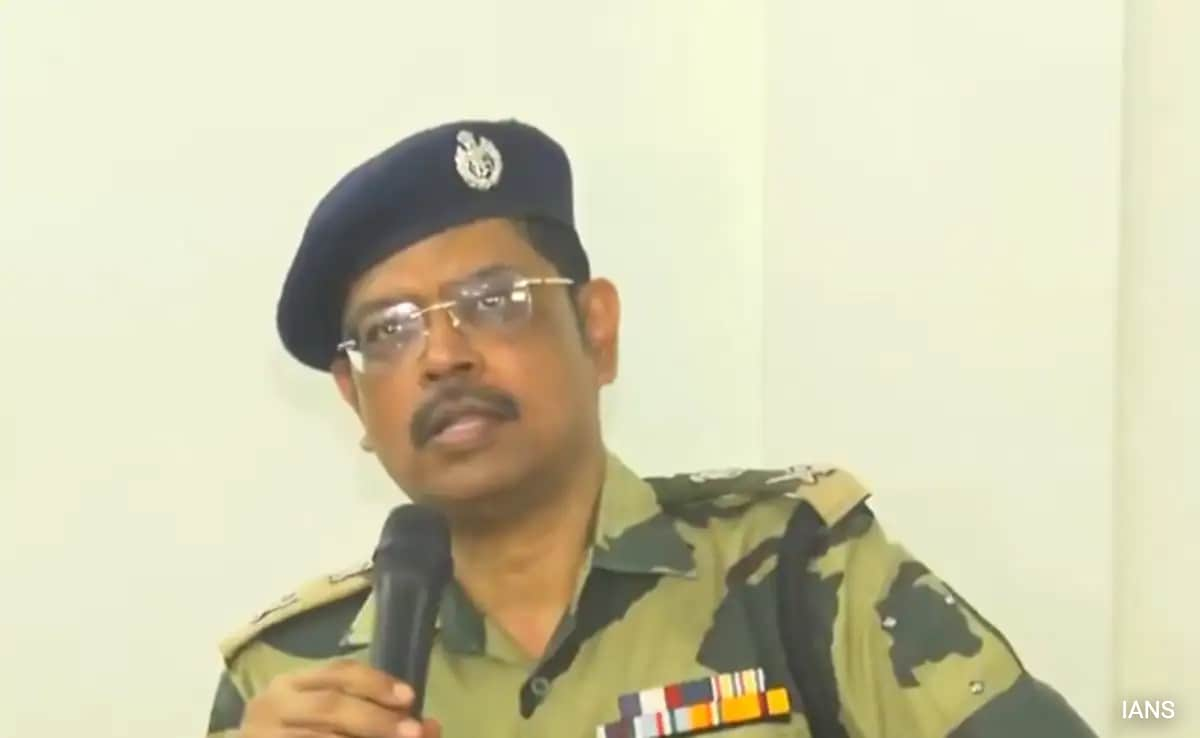
NEW DELHI: India’s recent batting struggles against teams like Bangladesh and New Zealand have raised concerns, particularly ahead of the crucial Border-Gavaskar Trophy series in Australia.
India’s batting order has been a cornerstone of their success, but performing in Australian conditions has historically presented challenges. With fast, bouncy pitches and aggressive bowlers, it demands a solid strategy, adaptability and resilience.
Border-Gavaskar Trophy
India has struggled to build strong partnerships and early wickets against Bangladesh and middle-order collapses against New Zealand exposed this weakness.
Against Bangladesh, quick dismissals left India playing catch-up. Versus New Zealand, the middle order crumbled under pressure.
In Australia, Indian batters need to focus on rotating the strike and avoiding extended dry patches, ensuring a steady flow of runs even under pressure.
Explained: Why India decided to have a three-day match-simulation in Perth ahead of first Test
Swinging conditions exploited by Trent Boult and disciplined spin bowling from Bangladesh exposed technical gaps. Indian openers and middle-order batters failed to adapt quickly to movement and slower surfaces.
India’s top-order must set the tone in Australia. Players like Rohit Sharma, Yashasvi Jaiswal and Shubman Gill need to negotiate the new ball effectively against Australia’s world-class pace attack, featuring the likes of Pat Cummins, Josh Hazlewood, and Mitchell Starc.
India’s middle order has seen frequent changes recently. Consistent contributions from Virat Kohli, KL Rahul and Risbhan Pant would be crucial. Kohli, with his vast experience in Australia, could be pivotal in anchoring the innings.
India’s batting often leans heavily on players like Virat Kohli and Rohit Sharma. When they fail, the team struggles to post competitive totals. In recent games, Kohli’s early dismissals left a void that others couldn’t fill.
Australia’s pitches, particularly at grounds like the Gabba and Perth, can be intimidating. Indian batters need to stay patient, play late, and avoid over-committing to drives. The middle order must take more responsibility. Youngsters like Shubman Gill need to seize opportunities.
All-rounders like Ravindra Jadeja and Ravichandran Ashwin must provide depth and finish strongly. Their ability to counter-attack and rotate strike is essential for the lower middle order.
Each batter should have a defined role and India should consider left-right combinations to disrupt Australian bowlers’ rhythm.
If India can adapt to the conditions, maintain partnerships, and utilize their batting depth, they stand a strong chance to succeed Down Under.
There’s no doubt that India’s batting order has the talent to bounce back stronger and perform consistently against a top-quality opposition like Australia.









